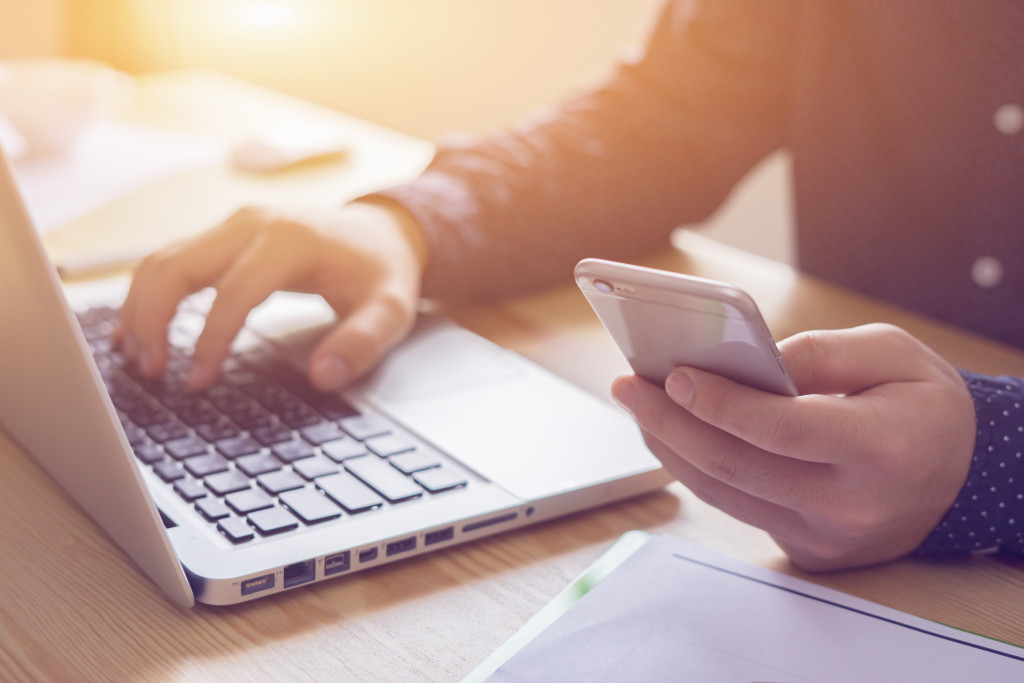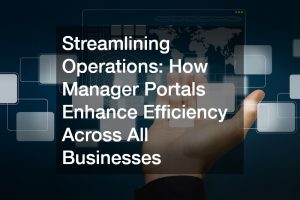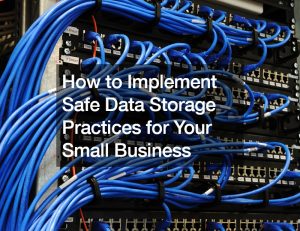We are currently living in an age where almost everything is streamlined regarding communication and data processing. Data and personal information can easily be sent back and forth between different parties. The same can also be said when it comes to our finances. Money can be instantly sent back and forth through bank accounts.
Let’s face it: everyone wants to live a safe and secure life. Having a bank account is one of the best ways of saving money and having some funds for emergencies, monthly expenditures, and paving your way to a financially stable life. But there are situations where malicious entities and individuals try to gain information to have access to your savings account. Fortunately, there are a variety of ways to keep your savings secure and protected.
So what are some ways of keeping your savings account safe and secure? What are some preventive measures that can help minimize suspicious activities in your account? Here’s what you need to know.
Apply Fast and Easy Monitoring
One of the most effective ways of keeping your banking account as safe as possible is by constantly monitoring the activities in your account. With recent innovations, the process of monitoring your bank account and your financial situation through your mobile phone has become more accessible and more user-friendly.
Fortunately, you don’t have to look far for good banks since many financial institutions offer secure online banking services. Not only is this a more efficient way of monitoring your finances, but this institution is also offering a myriad of features and services that can help pave a path to financial success.
Avoid Going Through Suspicious Websites
Another critical part of ensuring that your bank account is secure is avoiding sites that might look skeptical. In the past few years, there have been recent spikes in phishing activities. Phishing sites are websites that can masquerade as the official and legal versions of sites. But in most cases, these phishing sites are poorly made, and specific small details pop out.
The average user that’s tech-savvy usually knows that there is something fishy going on just by looking at the layout of phishing E-mails and sites. However, many individuals do not know the difference between a phishing site and an official one. This makes these individuals more vulnerable to data breaches, cyber-attacks, and other types of fraudulent activities.

Fortunately, many browsers are now designed to warn individuals if a particular site is fraudulent. Although, there are some situations where some sites can go undetected from malware warnings. That said, be sure to check the URL of the page. Most phishing sites have URLs that are different from the official sites. If you’re sure to look for it, it’s best to stick to well-known banks and retailers by bookmarking these pages.
Being on the safe side when you’re browsing the internet and accessing your files can maximize the safety of your banking account.
Be Keen to Detail
There are situations where information can be retrieved through hyperlinks and malware concerning the previous section. The most common form of fraudulent activity that’s usually aimed at older individuals comes from e-mail scams. The best way of preventing these scams is by never giving out your complete personal information. This includes your date of birth, government numbers, and passwords.
Be Cautious When Shopping Online
You need to be extremely cautious when shopping online, especially when you are on your phone. Compared to newer computers and desktops that are usually installed with the best-known anti-virus software, many phones don’t have the same capabilities. If you’re making an online purchase with your phone’s browser, it’s best that you can be connected to a more secure network.
Most individuals make a common mistake: they start making transactions while connected to a public network, especially the Wi-Fi of cafes, malls, restaurants, and airports. If you’re connected to these networks, there’s a chance that individuals can monitor data that’s being sent back and forth, which can lead to people having access to information.
If you’re planning on making private transactions with your bank account or sending sensitive data and information, you might want to consider doing it in the comfort of your own home.
You can use various ways to maximize the security of your banking account. Any critical personal information regarding your bank account should be kept secure and private at all times. Whether you’re being keen on the detail of transactions, being cautious with your browsing, and constantly monitoring your account, the key to safety is low-profile with your spending so that you won’t attract much attention. Remember: prevention is better than having to recover your account if malicious entities are accessing it.




